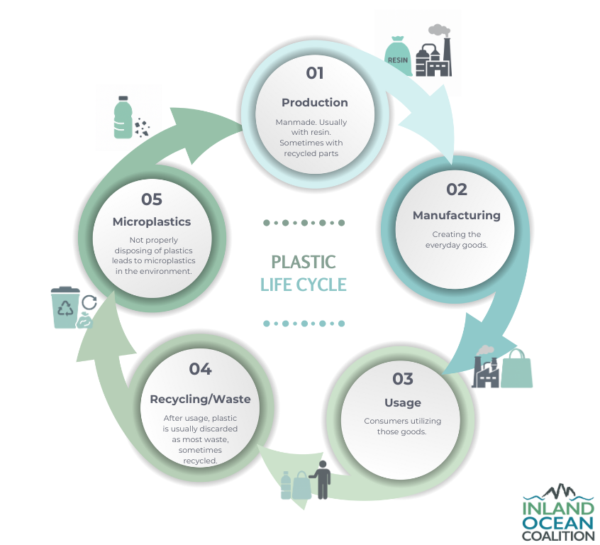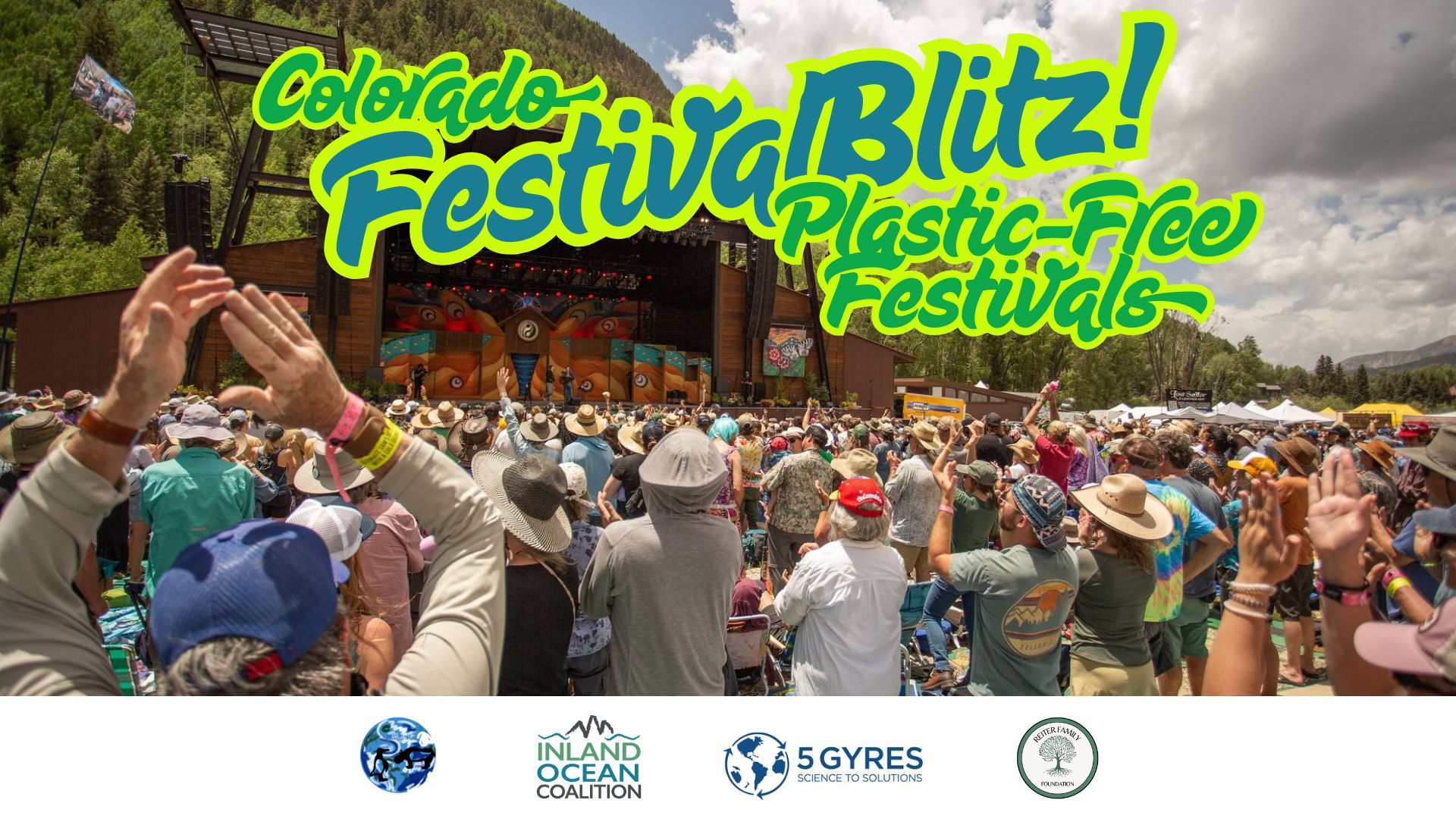
What is FestivalBlitz?!
Inland Ocean Coalition, alongside national partners The 5 Gyres Institute and local partners Polar Planet is going to Colorado music festivals to raise awareness and find solutions to the problem of plastic waste at outdoor events! Bringing people together is essential to strong communities and enjoying the beautiful Colorado landscape, and we see these events as opportunities to support our blue planet, as well as celebrating music and the arts, through education and action concerning the issue of plastic pollution.
Eliminating plastic waste can be done and it can be FUN! Inland Ocean Coalition is recruiting our Inland Ocean Ambassadors as volunteers to show up to festivals and engage with the public in discussions on the plastic lifecycle, how to reduce plastic waste in daily life and log plastic litter as data using the TrashBlitz app, and our connections to waterways and cycles that lead to the ocean, even from the heart of the Rocky Mountains. At the same time, our volunteers are researching best practices and developing recommendation guides to make Colorado music festivals the leaders in plastic pollution prevention.
We can honor and respect the ocean from anywhere and in any setting. Join us at our next upcoming festivals for good vibes and plastic-free action!
August 2025 Lineup

Poudre RiverFest
August 9th, 12:00 PM- 5:00 PM
Fort Collins, Colorado
Poudre RiverFest is a free, family-friendly festival that celebrates the Poudre River, while promoting restoration of and education on the river corridor. The festival features activities for children and adults to explore the role of the river as an important habitat for wildlife, a lively recreation area, and a source for clean drinking water.
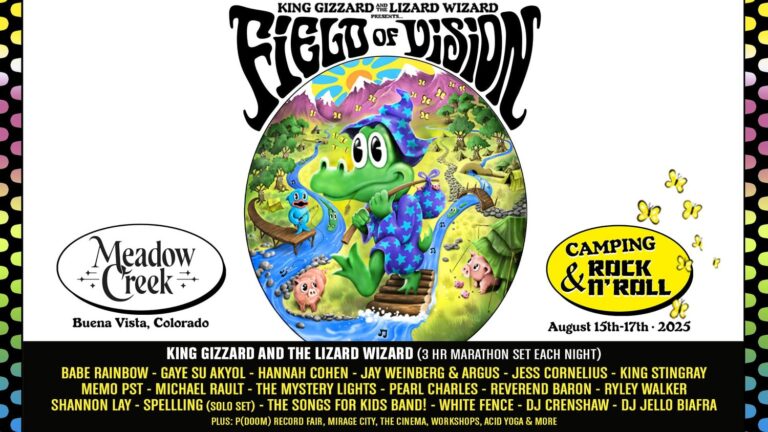
Field of Vision
August 15-17th
Buena Vista, Colorado
Inland Ocean Coalition will be at Meadow Creek this August to celebrate psychedelic rock legends AND reducing waste at camping festivals. Join us to be Plastic-Free free spirits -- King Gizzard & The Lizard Wizard welcomes us to gather at Meadow Creek in a collective musical experience with three nights of rock'n'roll by the band. Connect with nature’s finest mountain views, inhale the crisp Colorado fresh air, play in rivers & creeks, and channel freedom through music, dance, and community.
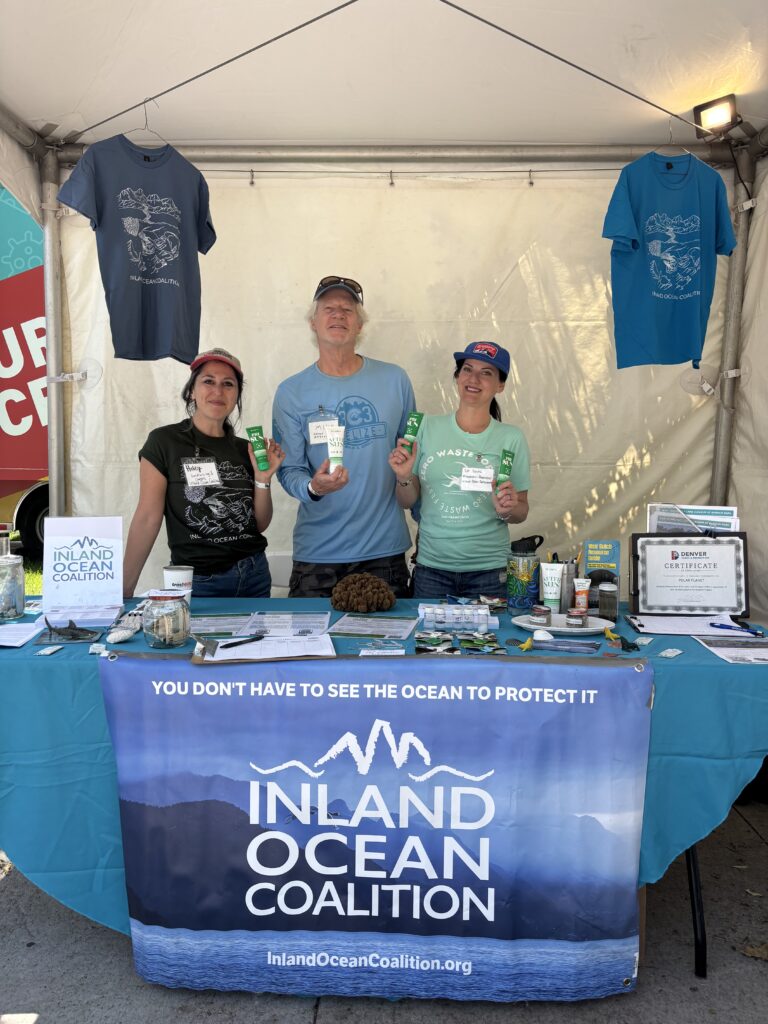

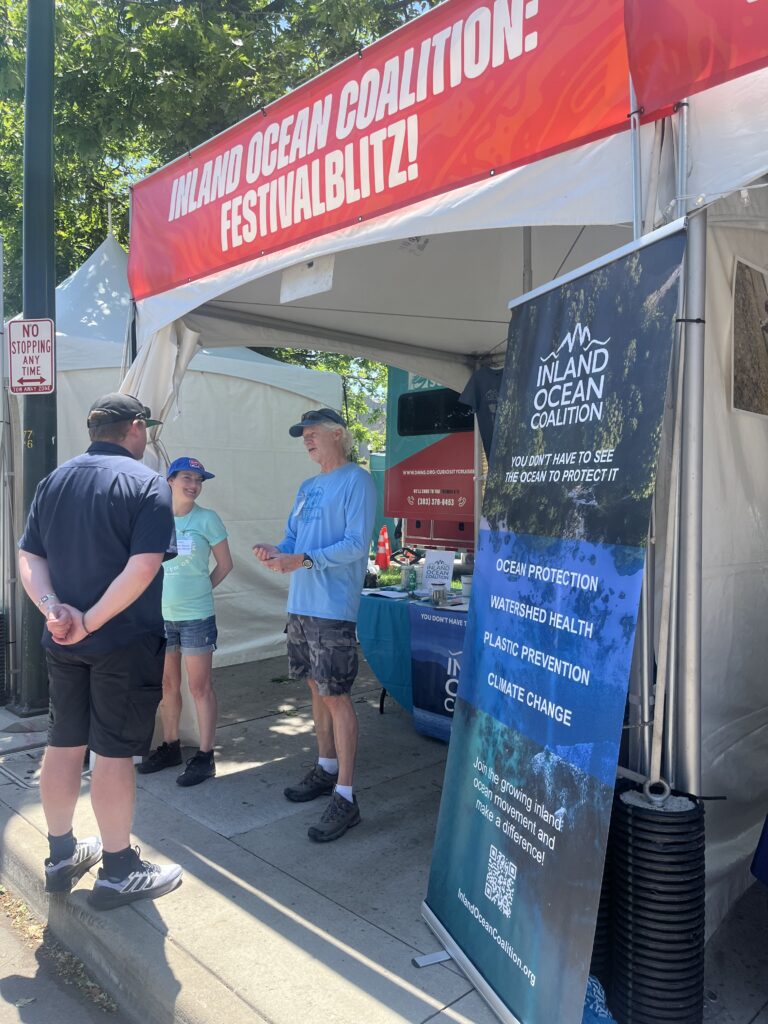
The Impact of Music Festivals
Waste is now one of the biggest problems facing modern music festivals. Each of the major music festivals in the US, such as Coachella, Stagecoach and Desert Trip, generate around 100 tonnes of solid waste every day, while an estimated 23,500 tonnes of waste are produced by music festivals in the UK each year – about the same as weight as 78 fully loaded Boeing 747 Jumbo Jets. To put that in perspective – the average household in the UK produces around one tonne of waste a year. Trashblitz's music festival looks to educate about the dangers of not properly disposing/reducing that waste by logging plastics with TrashBlitz and encouraging festival attendees to use the app to gather data on the litter they collect.
Coachella generates 107 tons of solid waste each day. Only about 20% of it gets recycled.
The Problem: Plastic Pollution Crisis
Microplastics are a suite of contaminants made up of hundreds of polymers, often containing toxic additives or chemicals absorbed from the environment, including carcinogens or mutagens, persistent pollutants, and heavy metals. Microplastics are a byproduct of everyday plastic that have been improperly discarded into the environment. An estimated 16,000 chemicals are associated with plastics, and these chemicals may leach into the environment or tissues of organisms, contributing to toxicity. Additionally, the surface of microplastics support microbial colonization and biofilm formation, potentially acting as vectors for toxic or pathogenic bacteria or viruses.
Microplastics have a range of harmful impacts on environmental and human health. Physically, they can harm organisms that ingest or inhale them, causing blockages, abrasions, and inflammation in the gastrointestinal tract. This can result in altered feeding behaviors, leading to starvation or stunted growth. Exposure to microplastics can also cause tissue damage, reproductive problems, and impaired development.
Microplastics & The Environment
Microplastics are plastic particles less than 5 millimeters in size. They can be thinner than
a human hair and invisible to the naked eye. Due to their small size, microplastics are
nearly impossible to clean up once they enter the environment. These tiny plastic
particles are now found in the air we breathe, the water we drink, and the food we eat.
Microplastics come in a wide variety of shapes,
sizes, and plastic types, and are classified into two main categories:
Primary Microplastics:
Intentionally produced small plastic particles, such as:
Pre-production plastic pellets, powder, and flakes Microbeads in personal care products
Secondary Microplastics
Result from the breakdown of larger plastic items due to environmental exposure. Common sources include:
Fragmentation of plastic waste, such as bottles and bags, shedding of synthetic fibers(microfibers) from textiles, cigarette filters, ropes and nets, and others Tire wear particles from road friction Paint particles from ships, roads, and buildings
Small Microplastics and Nano Plastics:
Microplastics range in size from 100
nanometers(nm) to 5 millimeters(mm).
Nanoplastics, which are less than 100 nm, raise
additional concerns due to their ability to cross
biological barriers and accumulate in tissue,
such as the brain. Highly specialized
techniques, such as pyrolysis-gas
chromatography/mass spectrometry (py-GC-
MS), time of flight mass spectrometry (TOF-
MS), and Raman spectroscopy, are needed to
measure nanoplastics in environmental
samples and human tissue. Small microplastics
and nanoplastics can move from the gut to the
blood, and over 20 plastic polymer types have
been found in human blood samples.
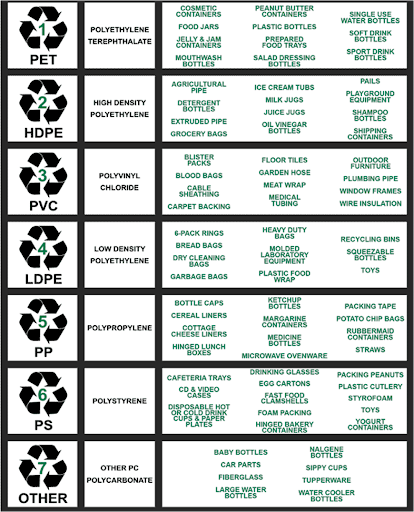
How Plastic Moves Through Waterways
Think about all the plastic waste that are produced on a daily basis, plastic water bottles, bags, food packaging, and many more. These more often than not end up in landfills, streets, or directly in rivers and oceans. Over time, exposure to the elements, such as sunlight and wind cause these larger pieces to break down into microplastics. These microplastics are carried by currents, settling into sediments or floating across vast distances. This disrupts the marine life of many aquatic animals that mistakenly eat the plastics thinking it is food. In turn, this causes large marine ecosystems to fail, creating a chain reaction that eventually leads to us consuming microplastic through seafood.
